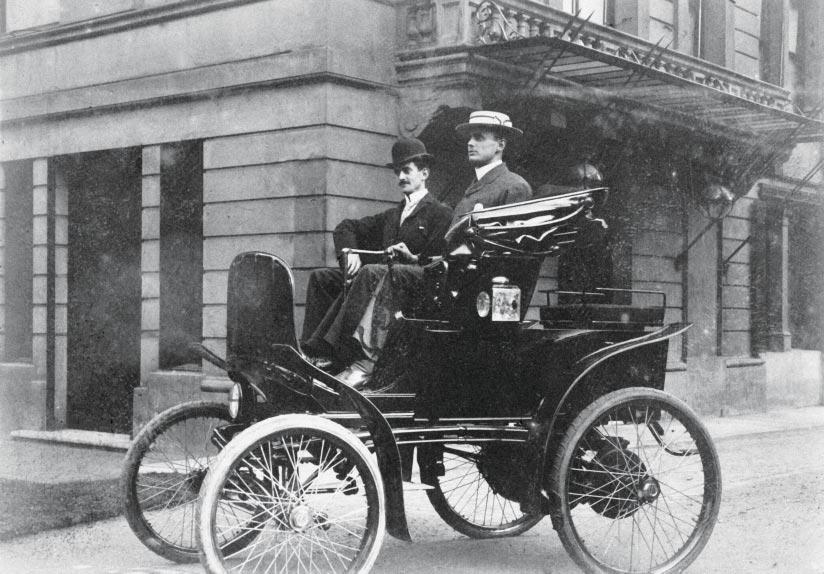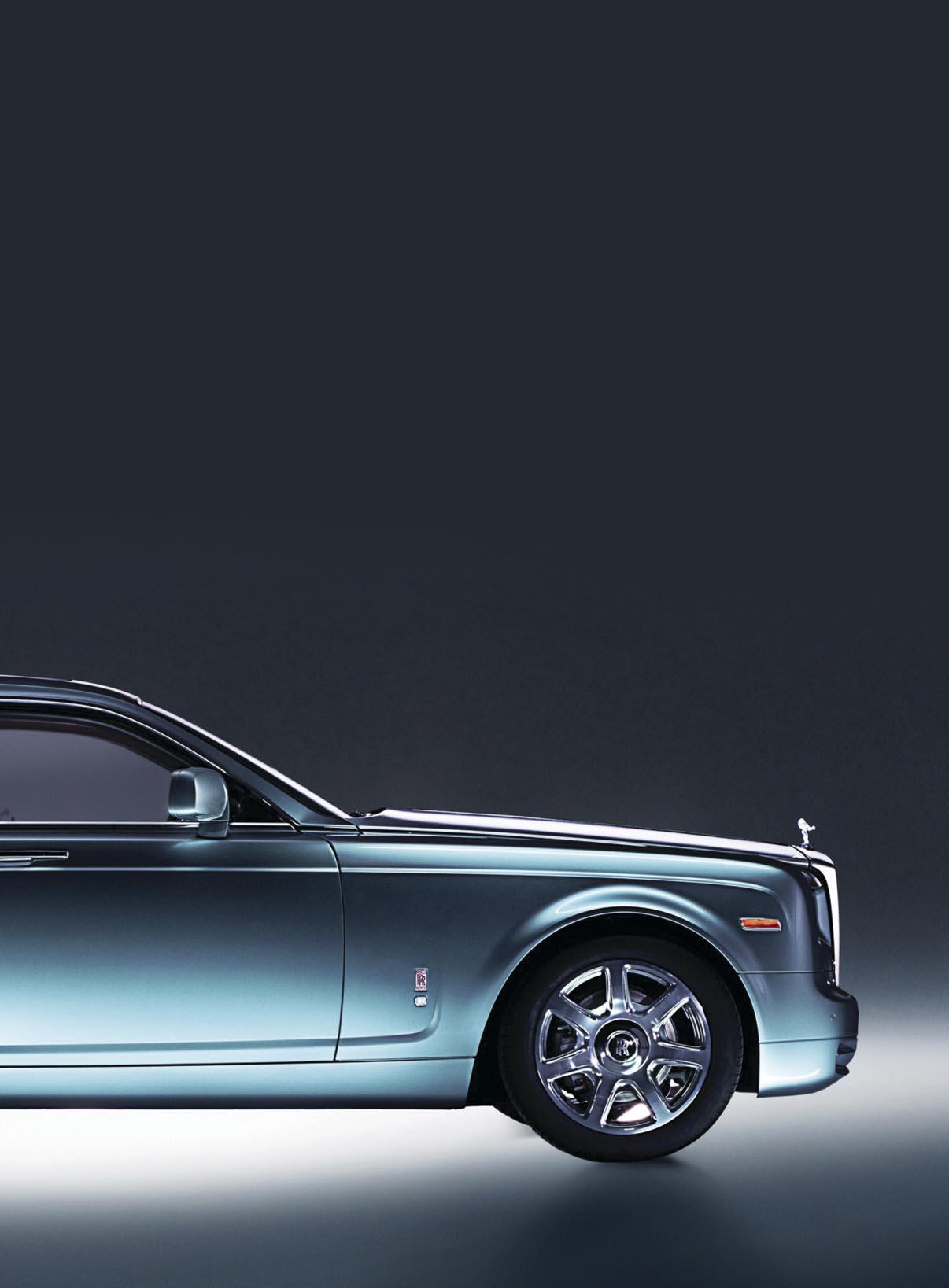
1 minute read
Cover Story
Rolls-Royce and Electric Power
A Prophecy, A Promise and an Undertaking
Electrification has long been promoted as the future of automotive propulsion. Mainstream manufacturers are increasingly embracing hybrid and battery electric vehicle (BEV) technology, supported by the expansion of national charging infrastructures.
To date, Rolls-Royce has communicated its electrification strategy in three simple statements:
-Rolls-Royce will introduce an all-electric car this decade (2020 - 2030).
-This car will be a pure BEV, not a hybrid of any kind.
-It will be launched only when the time is right, and every element meets Rolls-Royce's technical, aesthetic and performance standards.
Why Electric Power? The internal combustion engine (ICE) was not the only, nor the default, means of propulsion for early motor cars at the beginning of the 20th century. Indeed, in the early 1900s engineers and manufacturers initially divided their loyalties precisely between three competing technologies: the ICE, steam power and electricity.
Steam power, though well understood, relatively sophisticated and, at the time, ubiquitous in industry and other forms of transport, quickly proved less practical for use in motor cars. It therefore fell to internal combustion and electricity to vie for supremacy.
Electric power lost the battle for two main reasons: extremely limited range and the absence of a charging infrastructure. A century later, despite significant advances, these remain as barriers to widespread adoption (although increasingly less so), both in terms of technology and consumer perception.
visit www.HIghline-Autos.com for full story and photos












